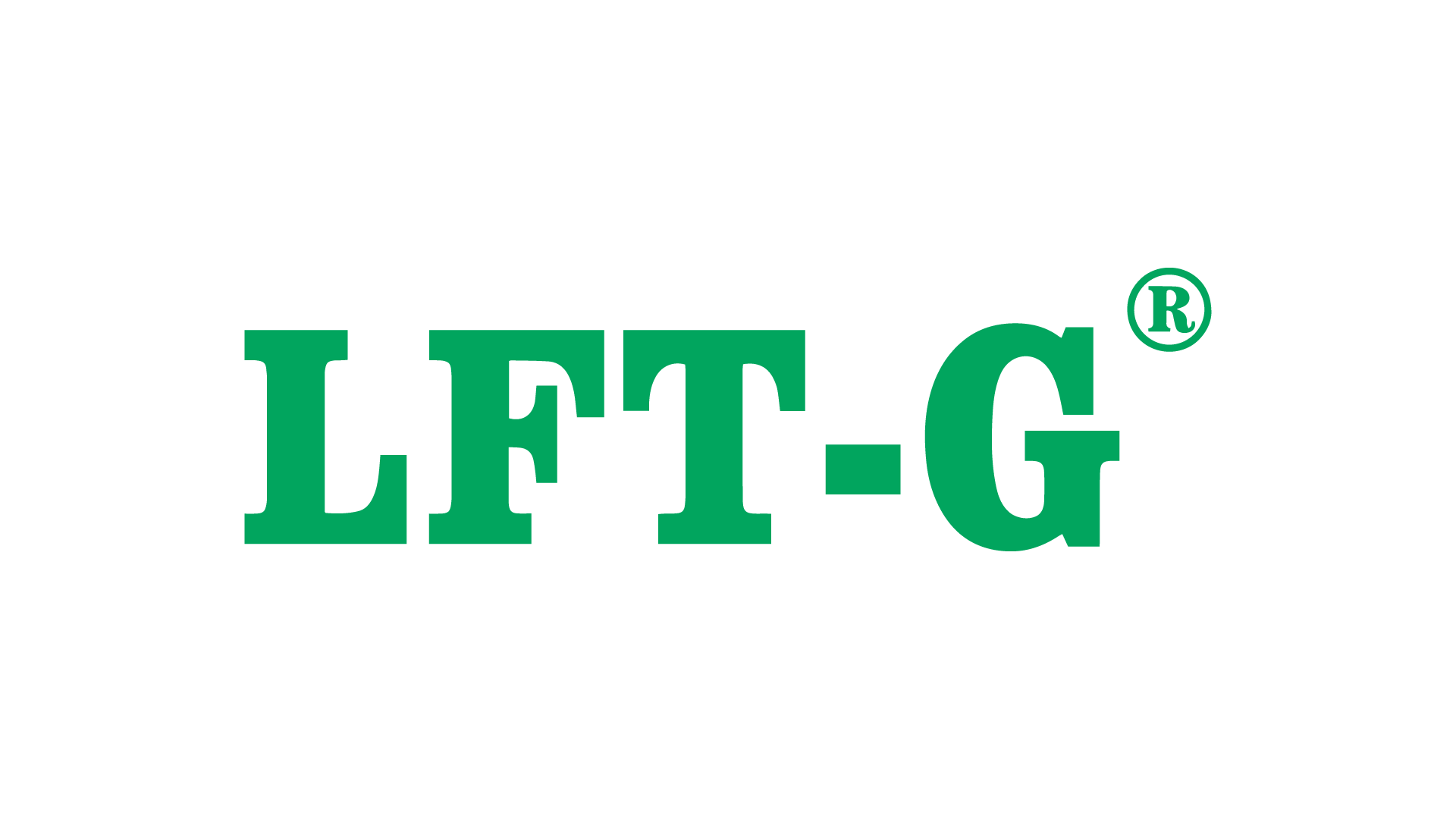
Recently, PEEK material concept stocks continue to ferment. With new energy vehicles, robots, 3D printing and other new downstream requirements for lightweight enhancement, PEEK materials are expected to usher in explosive growth.
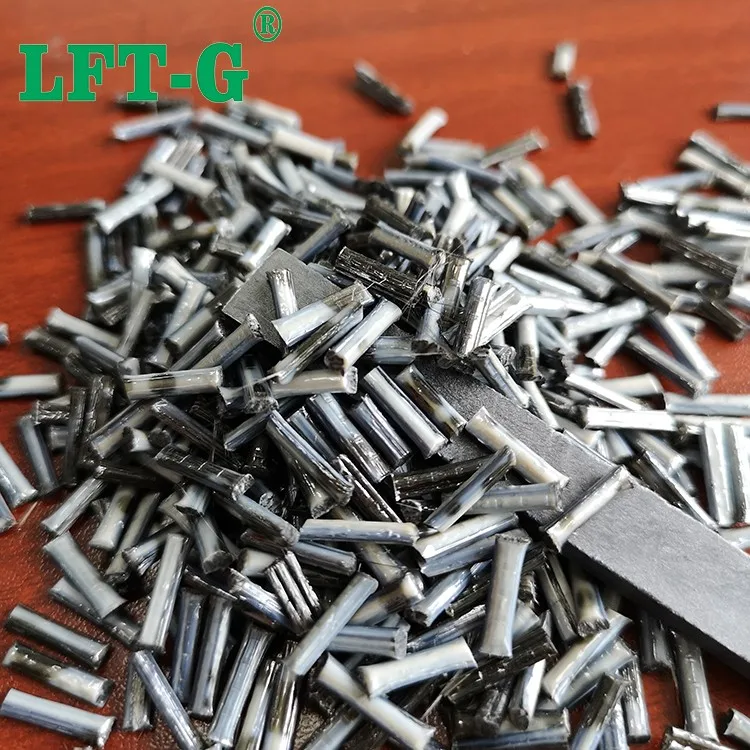
1. What is PEEK?
PEEK, or polyether ether ketone, is a new semi-crystalline aromatic thermoplastic engineering plastic.
Because its molecular chain contains a large number of benzene rings, it has excellent physical and chemical properties, mechanical and thermal properties.
The melting point of PEEK reaches 343℃, the glass transition temperature (Tg) is 143℃, and the tensile strength reaches 100MPa. In addition, at a high temperature of 250℃, PEEK can also maintain high wear resistance and low friction coefficient.
In other words, it is a kind of heat resistance, wear resistance, fatigue resistance, radiation resistance, peel resistance, creep resistance, flexibility, dimensional stability, impact resistance, chemical resistance, non-toxic, flame retardant and other excellent properties, is one of the most popular special engineering plastics today. Suitable for medical, automotive and robotics and other areas with high lightweight requirements.

Polyether ether ketone PEEK molecular formula, the structural unit is composed of three benzene rings + two ether bonds + one ketone bond
When it comes to special engineering plastics, it is a new class of polymer materials developed in the late 1960s.
From the initial appearance of polyimide in 1960 to PEEK in 1978, nearly 20 years, major companies in Europe and the United States have invested a lot of manpower and financial resources to research and development of special engineering plastics, although there are no fewer than dozens of varieties published in the paper, but ultimately the real application value and industrialization of less than 10. These special engineering plastics are at the top of engineering plastics in terms of performance and commercial value.
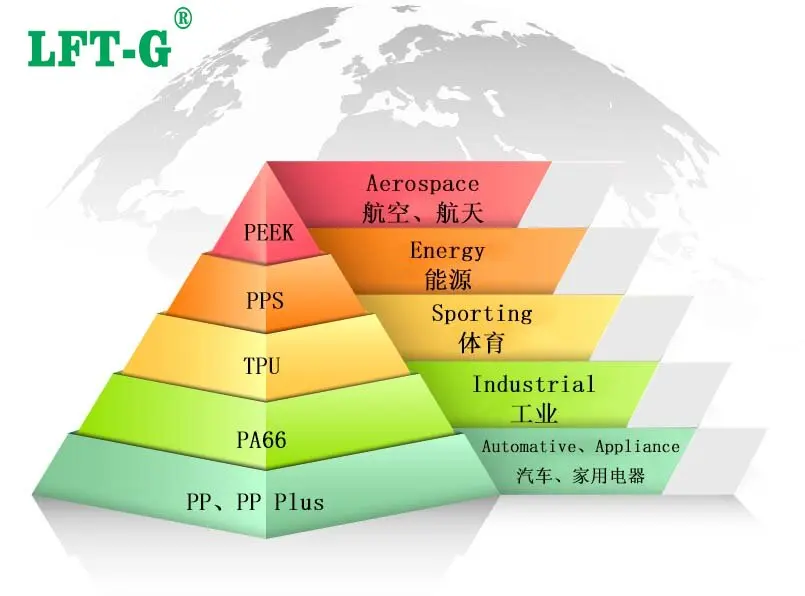
2. PEEK industrial chain upstream and downstream diagram
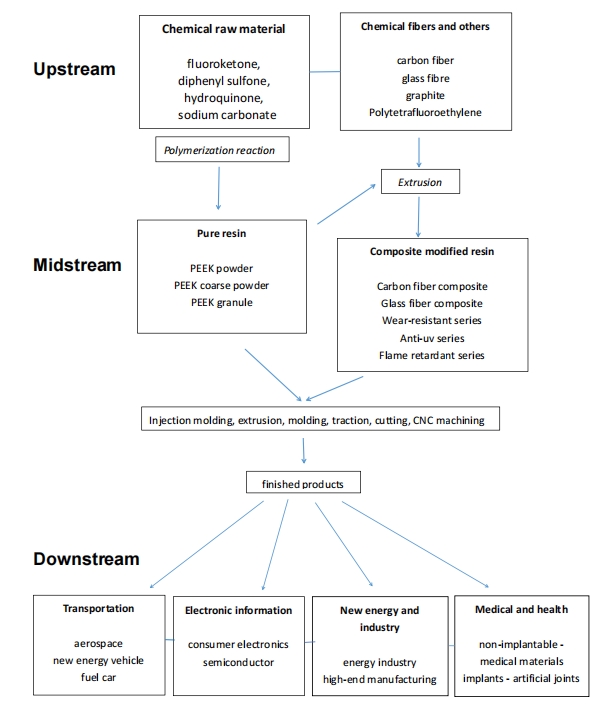
Upstream industry: chemical raw materials and chemical fiber manufacturing
The main raw material upstream of PEEK material is DFBP (that is, 4,4' -difluorodiphenyl ketone), and its quality directly affects the performance of PEEK material. For every 1 ton of PEEK material produced, 0.7-0.8 tons of DFBP monomer is consumed.
Downstream industries: transportation, aerospace, electronic information, energy and industry, medical health, etc
With the new downstream requirements for lightweight such as new energy vehicles, robots, and 3D printing, PEEK materials are expected to usher in explosive growth.
3. PEEK material product series
PEEK is divided into pure resin coarse powder, pure resin fine powder, pure resin particle, glass fiber reinforced particle, carbon fiber reinforced particle, wear-resistant reinforced particle) and other series according to different apparent forms and reprocessing methods. It is suitable for injection molding, extrusion, molding, spraying and other processing methods, which can meet the needs of PEEK application scenarios of downstream customers.
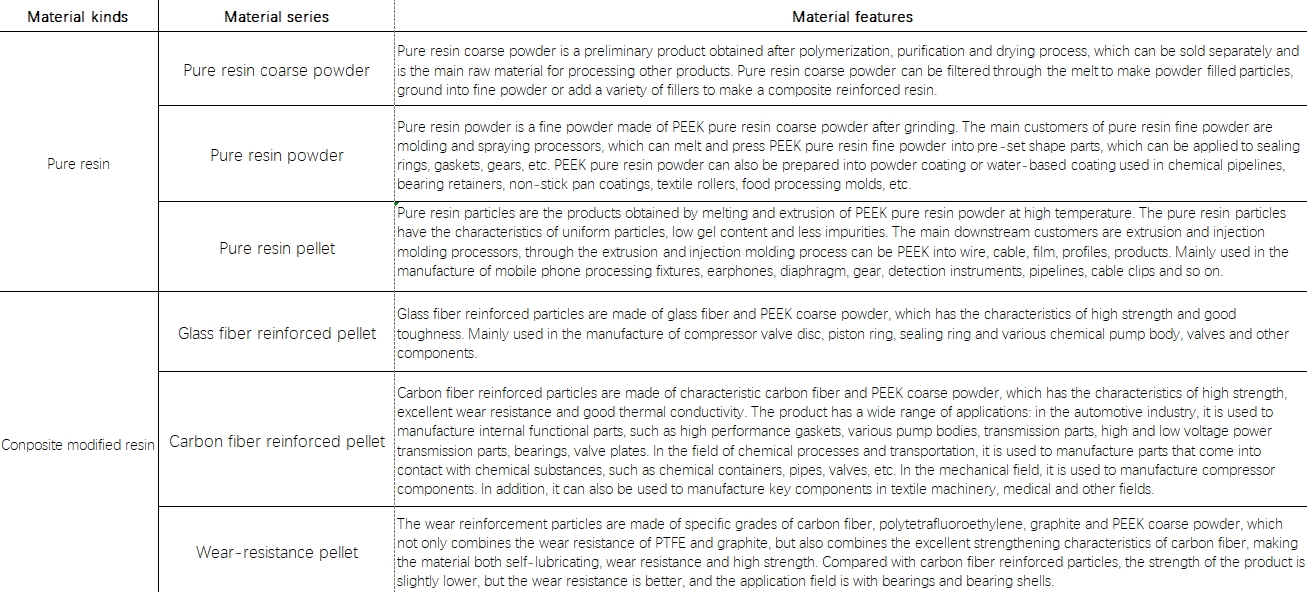
4. PEEK industry status
The cost of raw materials accounts for 75%, and the price of domestic PEEK materials is only 1/3 of foreign countries
At present, the domestic price of PEEK material is about 300,000-400,000 yuan/ton, and about 800,000-1 million yuan/ton abroad. PEEK material price is more expensive, mainly the core raw material fluoroketone price is higher. Fluoroketone is a niche chemical product, the cost of raw materials required for production is higher, and the cost of environmental protection in the production process is higher, so the price is higher, resulting in a higher cost of PEEK material products.
Fluoroketone is the core raw material of PEEK material
The core raw material of PEEK material is fluoroketone, which will directly determine the quality of PEEK material products. The price of fluoroketone is about 100,000 to 150,000 yuan/ton, and a 5% increase in the price of materials will make the gross profit margin of PEEK materials decline by 1%-1.5%; The price of hydroquinone is about 50,000 to 80,000 yuan/ton, and a 5% rise in material prices will make PEEK material gross profit margin decline by 0.2% to 0.4%.
High process difficulty
The main barriers of PEEK materials are concentrated in two aspects: production process and verification cycle. The main application scenarios of PEEK materials are two categories: 1, the field of electronic information: the tooling fixture and vehicle of the production line have high dimensional accuracy requirements, reaching the level of 0.01mm, so the general injection molding process can not meet; 2, other areas through injection molding parts, some areas of PEEK pure resin quality requirements are very high, need to ensure high mechanical properties at the same time, with high purity, product batch stability and other properties.
Long verification cycle
Research and development takes a long time: due to the difficulty of the process, the formation of high-quality and consistent PEEK resin production capacity has high requirements for technology, research and development investment and process accumulation. Therefore, after the expansion of production, PEEK material manufacturers still need a long time to achieve effective production capacity.
Customer verification takes a long time, and the downstream customer certification development cycle takes 3-5 years
At present, PEEK material due to corrosion resistance, wear resistance and other excellent properties, mainly as functional parts, structural parts used in harsh working environment, demanding performance of the product field. These product areas have high requirements for the stability of product quality and life, so the development and testing process is relatively long.
5. Future market space for PEEK materials
In terms of market capacity, according to EmergenResearch, a market research and advisory organization, the global PEEK market capacity was $721 million in 2019 and is expected to grow to $1.226 billion by 2027, representing a compound annual growth rate of 6.8%.
The global PEEK consumption area is mainly concentrated in Europe, the Americas and the Asia-Pacific region, of which Europe is the largest market for PEEK, and its related industries are relatively mature. With the global electronic information, automotive, aerospace production capacity continues to transfer to the Asia-Pacific region, the growth rate of PEEK consumption in the Asia-Pacific region far exceeds that of Europe, especially the rapid growth of the Chinese PEEK market. From 2012 to 2020, the demand for PEEK products in China continues to increase, from 80 tons in 2012 to 1,980 tons in 2021, with a compound annual growth rate of 42.84%, and the growth rate of China's PEEK market is several times the average growth rate of the global market.
According to Sullivan Consulting's forecast, China's PEEK product demand will continue to grow at a compound annual growth rate of 16.82% between 2022 and 2027, and is expected to reach 5,078.98 tons in 2027.
Xiamen LFT Composite Plastic Co., Ltd.
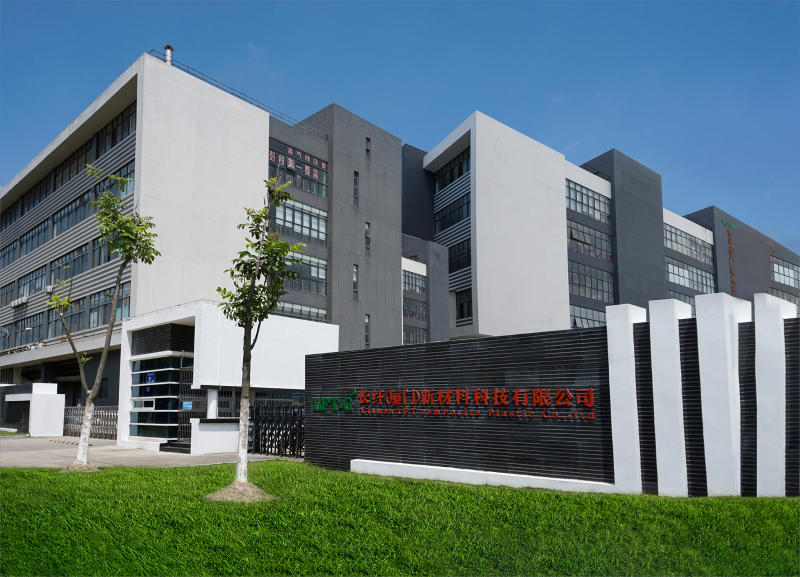
We can provide PEEK filling 20%-70% long cut carbon fiber compounds. Beside the General grade, we also have UV-Resistance grade, Toughten grade, Wear-Resistance grade and so on. As a manufacturer of high-performance modified plastics with more than 20 years of experience, we can offer the best prices and provide technical guidance from our expert team.






